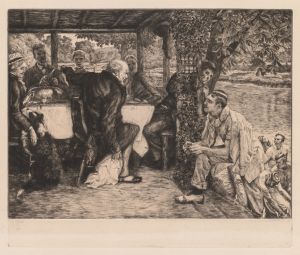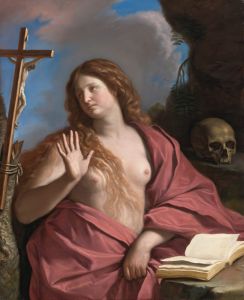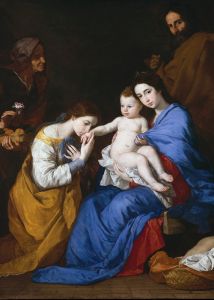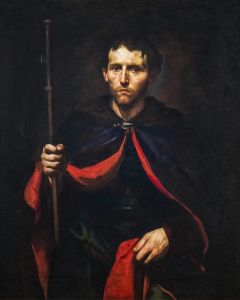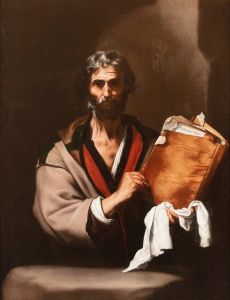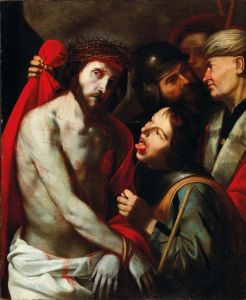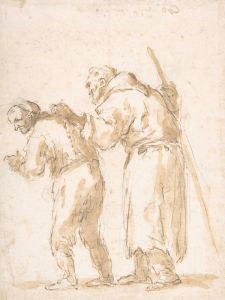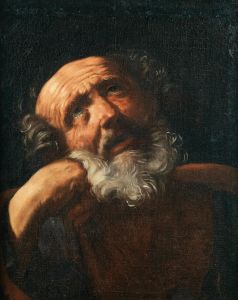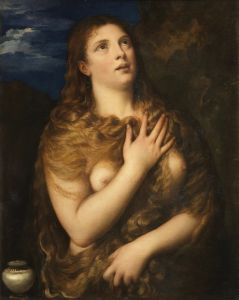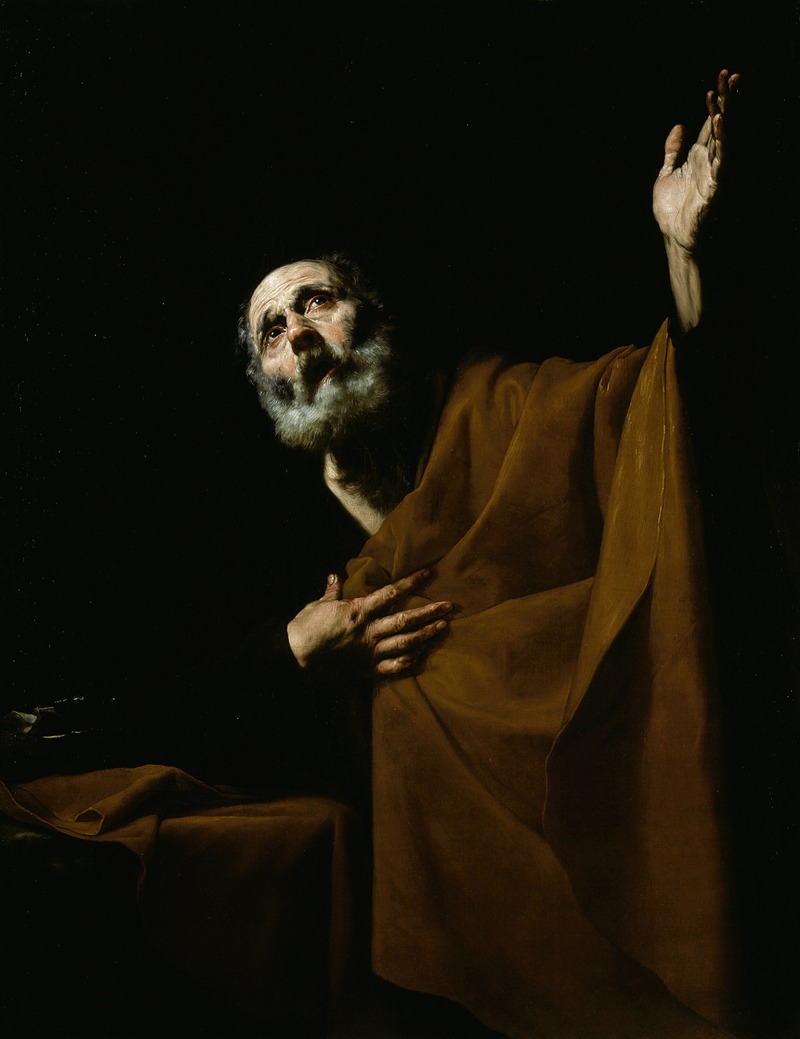
Penitent Saint Peter
A hand-painted replica of Jusepe de Ribera’s masterpiece Penitent Saint Peter, meticulously crafted by professional artists to capture the true essence of the original. Each piece is created with museum-quality canvas and rare mineral pigments, carefully painted by experienced artists with delicate brushstrokes and rich, layered colors to perfectly recreate the texture of the original artwork. Unlike machine-printed reproductions, this hand-painted version brings the painting to life, infused with the artist’s emotions and skill in every stroke. Whether for personal collection or home decoration, it instantly elevates the artistic atmosphere of any space.
"Penitent Saint Peter" is a notable painting by the Spanish Baroque artist Jusepe de Ribera, created in the early 17th century. Ribera, who was also known as "Lo Spagnoletto" due to his Spanish origins, was a prominent figure in the Baroque movement and spent much of his career in Italy, particularly in Naples. His works are renowned for their dramatic intensity, realistic detail, and use of chiaroscuro, a technique that employs stark contrasts between light and dark to achieve a sense of volume and three-dimensionality.
This painting depicts Saint Peter, one of the twelve apostles of Jesus Christ, in a moment of deep repentance. The theme of penitence is a common one in Christian art, reflecting Peter's remorse after denying Jesus three times before the crucifixion, as recounted in the New Testament. Ribera's portrayal of Saint Peter captures the emotional depth and spiritual turmoil of this moment, emphasizing the humanity and vulnerability of the saint.
In "Penitent Saint Peter," Ribera employs his characteristic use of chiaroscuro to highlight the figure of Peter against a dark, undefined background. The light falls dramatically on Peter's face and hands, drawing the viewer's attention to his expression and gesture. Peter is shown with a furrowed brow and tear-filled eyes, his hands clasped in prayer or penitence. This focus on the emotional and psychological state of the subject is a hallmark of Ribera's work and reflects the broader Baroque interest in capturing the inner life of figures.
Ribera's attention to detail is evident in the realistic depiction of Peter's aged features, with every wrinkle and hair rendered meticulously. This realism serves to enhance the emotional impact of the painting, making Peter's repentance feel immediate and relatable. The use of earthy tones and the textured brushwork further contribute to the painting's somber and contemplative mood.
The painting is an excellent example of Ribera's ability to convey complex human emotions through the medium of paint. His skillful manipulation of light and shadow not only creates a sense of depth but also imbues the work with a spiritual intensity that resonates with viewers. Ribera's "Penitent Saint Peter" stands as a testament to his mastery of the Baroque style and his deep understanding of human emotion and spirituality.
Throughout his career, Ribera was influenced by the works of Caravaggio, whose dramatic use of light and shadow and focus on realistic, often gritty depictions of religious subjects left a lasting impact on Ribera's artistic development. This influence is evident in "Penitent Saint Peter," where the interplay of light and dark serves to heighten the emotional drama of the scene.
"Penitent Saint Peter" is housed in various collections, with different versions attributed to Ribera, reflecting the popularity of this theme in his oeuvre. The painting continues to be studied and admired for its technical brilliance and emotional depth, offering insight into the Baroque era's artistic priorities and the enduring power of religious imagery.





